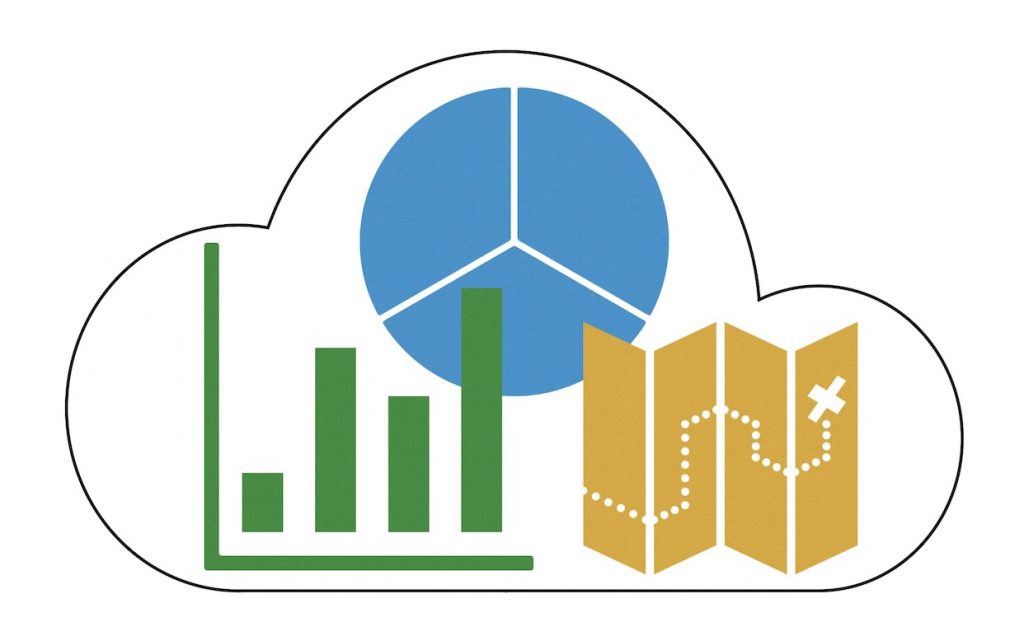What They Are & Why You Should Use Them When you purchase some sort of electronic device, you normally have the option of purchasing an extended warranty for it. This might not only give you the option of hardware replacement, but added benefits. When it comes to routers – like the ones we carry from […]
Tag: hardware
Understanding TAA Compliance
In an increasingly interconnected global economy, trade agreements play a pivotal role in shaping business practices and economic relationships between nations. One such agreement that holds significant importance for companies seeking to do business with the U.S. government is the Trade Agreements Act (TAA). TAA compliance is not just a legal requirement; it’s a commitment […]
5G Service Paves the Way for New Gadgets
5G service is clearing the way for the next generation of electronics. We’re seeing that it is so much more than having the Internet on your smartphone. It gives us everything from enhanced virtual-reality video games, to remote surgery. While it has been a slower rollout, we’re continuing to see waves of 5G-enabled gadgets. Samsung […]


